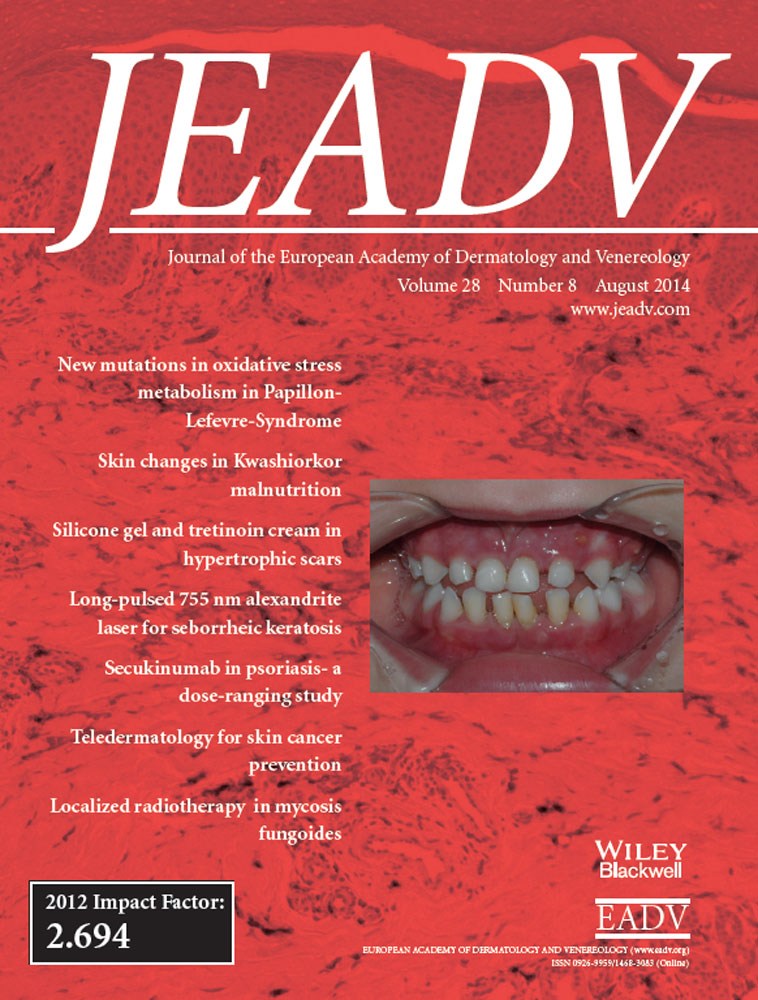Non-invasive in vivo dermatopathology: identification of reflectance confocal microscopic correlates to specific histological features seen in melanocytic neoplasms
Conflicts of interest
Dr M. Gill and Dr S. González were previously investigators for an NCI-funded study granted to Lucid Inc., original manufacter of the device for this study. Dr S. González serves as consultant for Lucid. Inc. Dr M. Gill was paid a nominal fee directly from the study funds to participate as one of several investigators. G. Pellacani received honoraria for courses and acted as consult for MAVIG gmbh and Caliber ID.Funding sources
This study is supported by the Grant of the Istituto Superiore di Sanità (ISS), Italy (project nr. 527/B/3A/4).Abstract
Background
Reflectance confocal microscopy (RCM) allows for non-invasive, in vivo evaluation of skin lesions and it has been extensively applied in skin oncology although systematic studies on nevi characterization are still lacking.
Objective
The aim of this study was to determine whether reliable RCM correlates to histological features used to diagnose melanocytic neoplasms exist.
Methods
We blindly evaluated the RCM and histological features of 64 melanocytic neoplasms (19 non-dysplastic nevi, 27 dysplastic nevi, 14 melanomas) and analysed the data using Spearman's rho calculation.
Results
Many histological features can be identified using RCM. Elongated rete ridges corresponded on RCM to edge papillae, whereas flattened rete ridges to several features which involve dermal–epidermal junction disruption. Bridging of junctional nesting (JN) corresponded on RCM to both JN with irregular size/shape and JN with short interconnections. While we could reliably identify dermal melanocytes, the RCM features did not reliably distinguish between benign and concerning dermal melanocytic arrangements, suggesting further refinement of dermal melanocytic RCM features is needed.
Conclusion
Reliable correlates for epidermal and junctional histological features used to diagnose melanocytic neoplasms are identifiable on RCM, suggesting harnessing histological criteria may be a reasonable method to move beyond the algorithmic approach.




